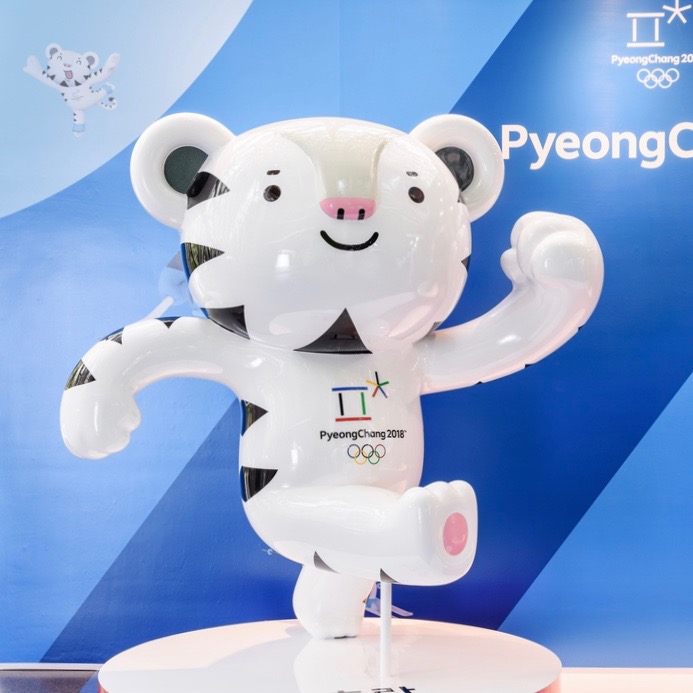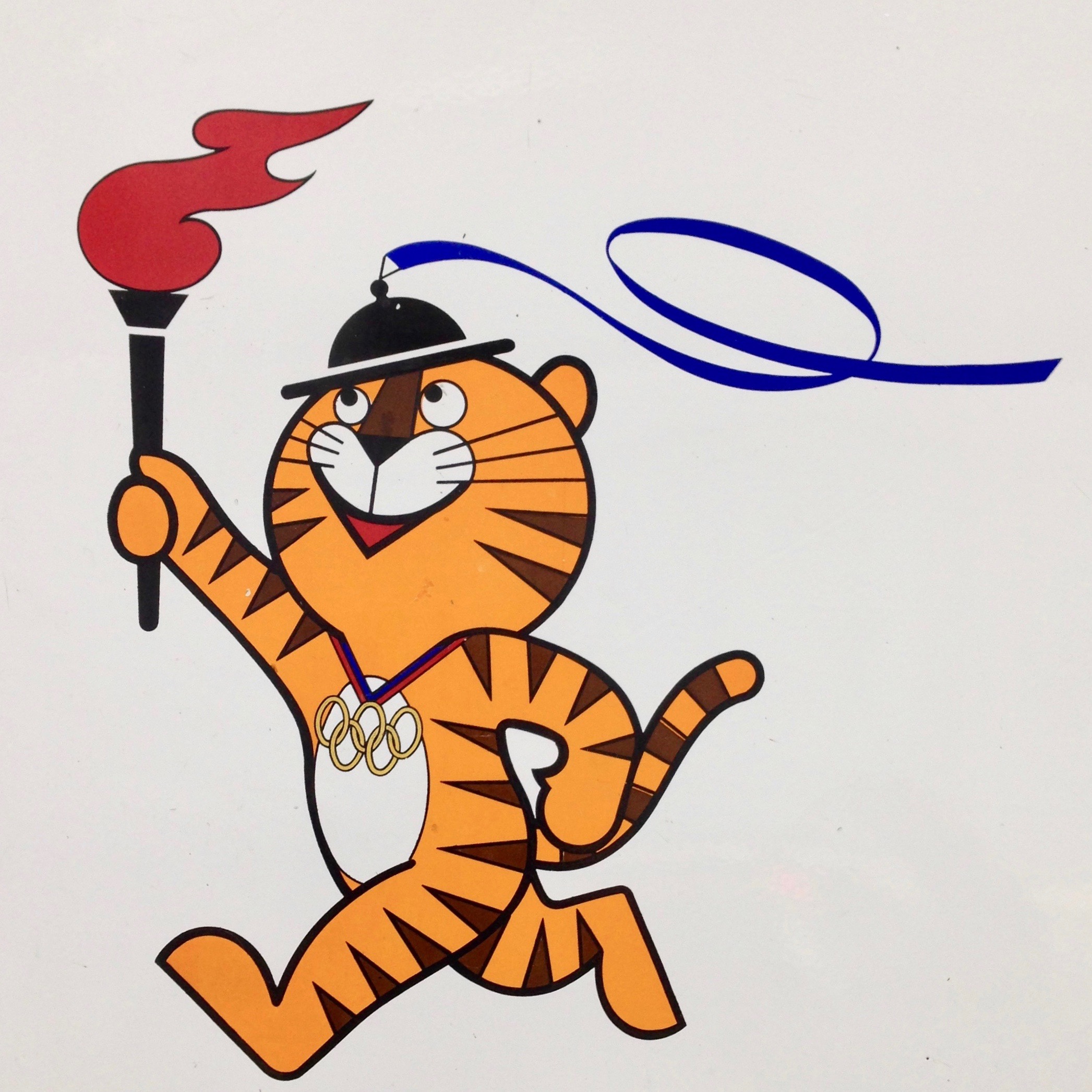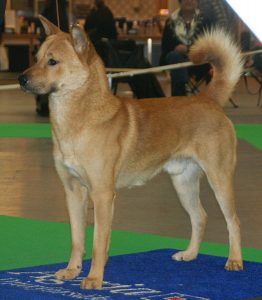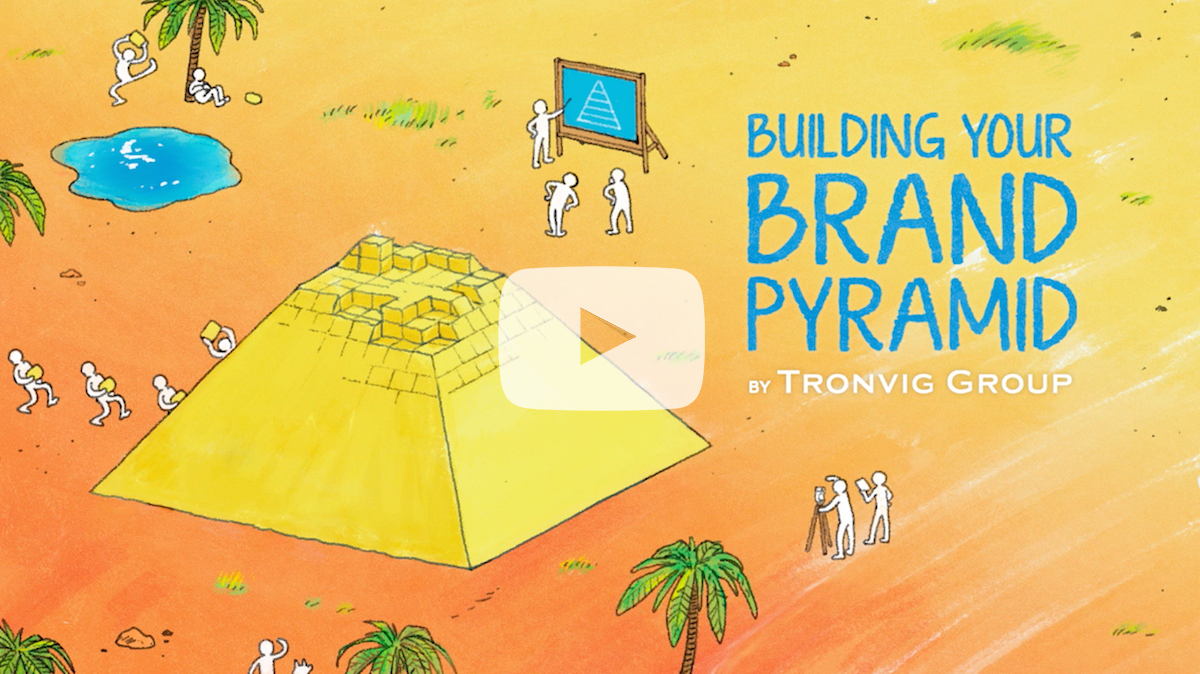When I was growing up, my dad had an Olympic Games-branded gym bag he proudly toted, a souvenir from his gig as an interpreter for the 1988 Olympics in Seoul. While Korea has changed unrecognizably in many ways in the three decades since (and the bag was put to rest after two solid decades of use), the official Olympic mascot for the Games in Korea has returned in 2018 in the form of the same animal—a tiger, named Soohorang.
Mascots are way more than a ponderous bureaucracy’s attempt to lighten up and have more than multi-colored rings to put on knick-knack shelves, they also do some serious work related to branding. Here are four to keep top-of-mind:
- Provide a fun focal point for the consistency that branding requires
- Serve as something distinctive enough to be trademarkable
- The mascot selection process can end up functioning as a test in internal branding/organizational alignment
- Sometimes mascots can even serve as guerrilla marketers
Olympic mascots Korean style
With the PyeongChang 2018 Winter Olympic Games upon us, you may have seen Soohorang, a peppy-looking white tiger. The last time South Korea was host (1988 Summer Olympic Games), a cheerful tiger named Hodori was the Olympic mascot.
So what is it with Korea and tigers? How does the new mascot compare to the old one? What was the thinking behind the designs? If you are curious about any of those questions, you’ll be glad to know that the designers of both Korean Olympic mascots convened in a meeting in December to discuss these very issues. The JoongAng Ilbo interview (available online in Korean) reveals parts of their thought process as it connects to mascots in a digital age, the role of tigers in the Korean imagination, and place branding.
First, a brief overview of the tiger mascots.
| Soohorang | Hodori |
 |
 |
| Soohorang is the official mascot of the 2018 Winter Olympics in PyeongChang, created based on a white tiger by a team of five Korean design professionals. The name is a combination of the Korean words for guardian/protector (SOO-HO) and tiger (ho-RANG-i) as well as the last syllable of Jeong-Seon A-ri-RANG, a folk song from Gangwon Province where the city of PyeongChang is located. He is often seen with his bear friend, Bandabi, the official mascot of the 2018 Winter Paralympics. | Hodori is the official mascot of the 1988 Summer Olympics in Seoul, created by Kim, Hyun. The name is made up of the Korean word for tiger (HO-rang-i) and a common masculine diminutive suffix (DOR-I). The little tiger is wearing a hat traditionally worn while playing pungmul/nongak, a participatory folk art form with percussion and dancing where the long ribbon on the hat is spun around. In his default pose, Hodori’s ribbon spells out an S for Seoul. |
Hodori
The 1988 Olympic mascot selection came down to a tiger or a rabbit. The story goes that the Olympic organizers favored the rabbit to represent the Games in Seoul since South Korea was still under military rule during the mascot selection process (a reminder of the Olympics’ long history of turning a blind eye to oppressive governments that violate human rights), and they didn’t want to further the image of a dictatorship with a beast of prey. However, then-president Chun Doo-Hwan scoffed at the rabbit and settled the matter in favor of the tiger.
Though there have been no tiger sightings in South Korea since the first half of the 1900s, the tiger was a natural choice for Koreans as it is the national animal and a divine creature and protector in Korean mythology and folklore. (And, in more recent history, since the 1960s, South Korea had been identified as one of the “Four Asian Tigers” of the global economy.)
The tiger was a natural choice for Koreans as its national animal and a divine creature and protector in Korean folklore.
Apparently, the Kellogg Company saw Hodori as infringing on their leading trademark, Tony the Tiger, and insisted that the Seoul Olympic Organizing Committee change the mascot or face a lawsuit. The issue was resolved when a senior committee member met with an executive of Kellogg’s and agreed not to license the Hodori brand to any cereal competitors without the company’s consent.
Hodori became a hit in an era when Korea had few events as big as the Olympics. The creator of Hodori states that not only the government but private enterprises too—everyone—had their eyes on the Olympics and that had a huge influence on the promotion and success of the mascot. A Soohorang designer added that it would not be an exaggeration to say that every citizen of Korea had some Hodori-branded item at the time; production of Hodori merchandise had to be accelerated to meet overwhelming demand. Hodori also had a female counterpart, Hosuni, but she is remembered mostly as a footnote.
The mascot was almost a dog

The jindo dog, a breed native to Korea, was a runner-up for the 1988 Games and again this year. The Soohorang design team assessed the dog but eliminated it because they determined that it would not be distinct enough from other illustrated domestic dogs and because the 1992 Barcelona Olympics already had a dog as a mascot—Cobi, a Pyrenean mountain dog.
Brand differentiation concerns aside, the dog nearly made it as the mascot of the 2018 Games because the ousted former president Park Geun-Hye adored jindo dogs and personally ordered the head of the Ministry of Culture, Sports and Tourism to change the mascot to the dog from the tiger, which the committee organizing the PyeongChang Olympics had already settled on. According to SBS News, the International Olympic Committee refused, but Park Geun-Hye and her cronies went as far as to make a secret visit to the International Olympic Committee’s headquarters in Switzerland, only to be turned down by the chairman just the same. These sorts of machinations may sound familiar to anyone who has ever tried to work a logo through a bureaucracy; it probably comes as no surprise that politics and emotionally driven exercise of authority often play a role.
Soohorang
The internal lobbying for the dog delayed the launch of the approved tiger mascot, but in the end, Soohorang won out. The mascot choice was heavily scrutinized and the subject of fierce debate, but the tiger emerged once again as the choice for the 2018 Olympics. It was deemed the most positive graphic encapsulation of the Korean spirit. The tiger of Korean folklore, which is traditionally pictured with a magpie, is a familiar image to Koreans, but in an effort to appeal to a global audience, the design team created a tiger mascot that they feel presents a modern face through a relatively minimal design.
Though some may grumble that the Olympic mascot is a tiger yet again, a member of the design team expressed confidence that the nation still favors the tiger. If given another opportunity, he believed there’s a 90% chance that the tiger would once again be selected. That certainly seems feasible given that a different-looking Hodori—by the same man who designed the Olympic Hodori—was the mascot of the 1986 Asian Games in Seoul and given that the tiger is also the logo for the Korean Football Association, seen on the official jersey of the Korean national soccer team.
Evolution of the tiger mascot
The creator of Hodori quipped that 30 years having passed, Soohorang must be the son of Hodori. Hodori certainly had a significant influence on the creation of Soohorang and has even become an important symbol in the design history of Korea. A Soohorang designer remarked that if Hodori showed the economic progress of Korea in the 1988 Games, Soohorang was designed to reflect a further evolution, to represent the ways in which Korea has grown in the past three decades.
The members of the Soohorang design team discussed the role of the mascot in the current multi-platform, digital age. Beyond plush toys and silkscreens that were hallmark products thirty years ago, mascots now have to live as 3D animations, KakaoTalk emoticons, and hashtag-related content. Like everything else, they must maximize their value and exposure by flexibly adapting to an array of media platforms.
The mascot as a national brand
The Hodori creator remarked that he would like the PyeongChang Olympics to be an opportunity to cement the tiger as the national symbol of Korea. Recognizing an established national animal as an asset, he’s pushing the tiger to become synonymous with Korea just as the US is with the bald eagle (Sam for the 1984 Games in Los Angeles), Russia with the bear (Misha for the 1980 Games in Moscow), and China with the panda (Jingjing, one of five characters for the 2008 Games in Beijing).
A mascot is an asset to the national brand.
Because the IOC owns the rights to Olympic mascots, it would be difficult to use Soohorang as the mascot of Korea after the Games conclude. One designer pondered if host countries might come to an agreement with the IOC in order to continue the life of much-loved mascots like Hodori or if perhaps Korea could open a museum of past Olympic mascots to keep them alive. Whatever the path, all of the designers agreed that it’s imperative that they find a way to grow the tiger emblem, developing it into a new form and expanding into diverse cultural products to establish the national brand.
A note on Bandabi the bear
You will often see Soohorang accompanied by Bandabi, an Asian black bear who is the official mascot of the 2018 Paralympics. The moon bear is seen wearing what resembles a multi-colored Santa hat. To outsiders not familiar with contemporary Korean culture, this may seem peculiar, but when you consider ad campaigns like “Christmas in Summer” by a leading Korean bakery franchise and the green light-up reindeer that sits atop a popular mall in Seoul through at least the summer, it’s not so strange.
And a note on anthropomorphization
Why have animal mascots acting human, walking around and wearing cute little hats? Are we making a mockery of noble animals by turning them into silly anthropomorphized cartoons? Why not have a human mascot like Mr. Clean?
To be honest, I had never considered that anthropomorphization might be offensive or harmful to the dignity of animals before setting out to write this post. It now makes sense that I haven’t encountered a zoo branded with cartoon animals given that zoos take issue with human-like caricatures of animals. A former director at the Association of Zoos and Aquariums (AZA) claimed that it’s “bad science to attribute human-like feelings to animals,” and I can see that it’d be unwise to see animals as people, potentially leading to behavior like adopting a wild animal as a ‘pet.’
There’s more on zoo brands here, if you’re interested in conservation and the future of zoos.
Branding takeaways
Now, back to the mascots and the four thoughts related to branding that launched this post:
- Consistency in branding: Koreans have not tired of the tiger over the decades and the rest of the world has yet to give Korea an immediate association with the tiger. When an organization does think it needs to revamp its brand image, it is often driven by the differential between internal and external perception, an illusion of those on the inside of the company. More often than not, organizations are experiencing brand fatigue, becoming prematurely tired of their own brand presentation, just as it is really beginning to hit its stride outside the organization. The key is to rebrand only when strategy dictates this change and never because you are tired of looking at yet another tiger.
- Protect your brand: The Kellogg Company threatening a lawsuit against Hodori seemed over the top and an unnecessary reaction when I first read about it. As a kid I knew both Tony the Tiger and Hodori; there was no confusion about the two tigers in my mind. However, I could see someone who is familiar with neither or only one conflating the two if they saw Hodori endorsing a cereal.
- Internal branding: While it’s quite possibly an entirely different ball game on a national, governmental level, at the level of corporations and nonprofits on both global and local scales, internal branding and organizational alignment can help from being buffeted by the whims of short-tenured executives. If everyone at each level of an organization is on the same page, that allows an organization to hold operationally true to its brand strategy.
- Mascots matter: Mascots do a great job of encapsulating and reinforcing positive sentiments about institutions, helping cultivate fuzzy feelings that move one to become engaged. I feel a deep allegiance to my undergraduate institution for many reasons, and though not the most significant factor, their bear mascot has a part in this as a symbol of something I cherish. My grad school did not have a furry mascot and our collateral was emblazoned with the letter M. My high school also did not have a mascot but had the letter A as its logo. When I start seeing calls for end-of-the-year contributions, guess which institution my mind jumps to?
Do you need an affordable way to improve your brand today?
Because we know that not everyone needs or can afford our full process, we created a guided tutorial package for our foundational brand strategy tool: the Brand Pyramid. Watch the video for a preview.
For more information on the brand strategy tutorial, visit here where you will find a fuller explanation and link to a free download of the first video.
Soohorang photo courtesy of Shutterstock; Hodori photo taken by author;
Korea_Jindo_Dog_2.jpg by Canarian is licensed under by CC BY-SA 4.0



Ask for help.
We are kind, thorough and ready when you are. You just need to ask.